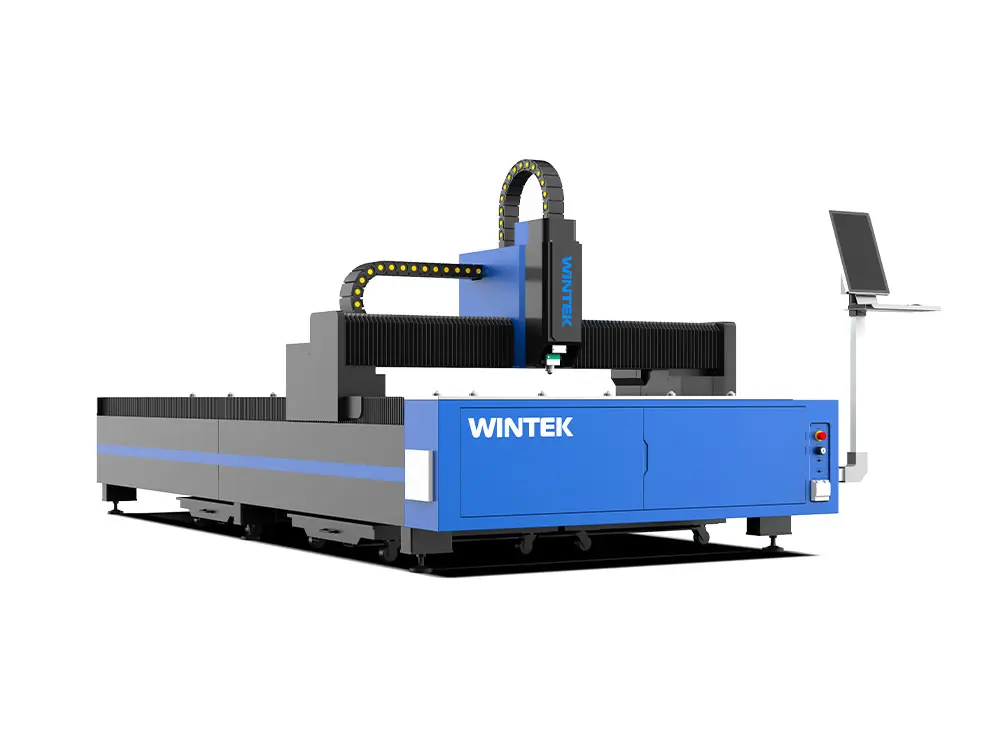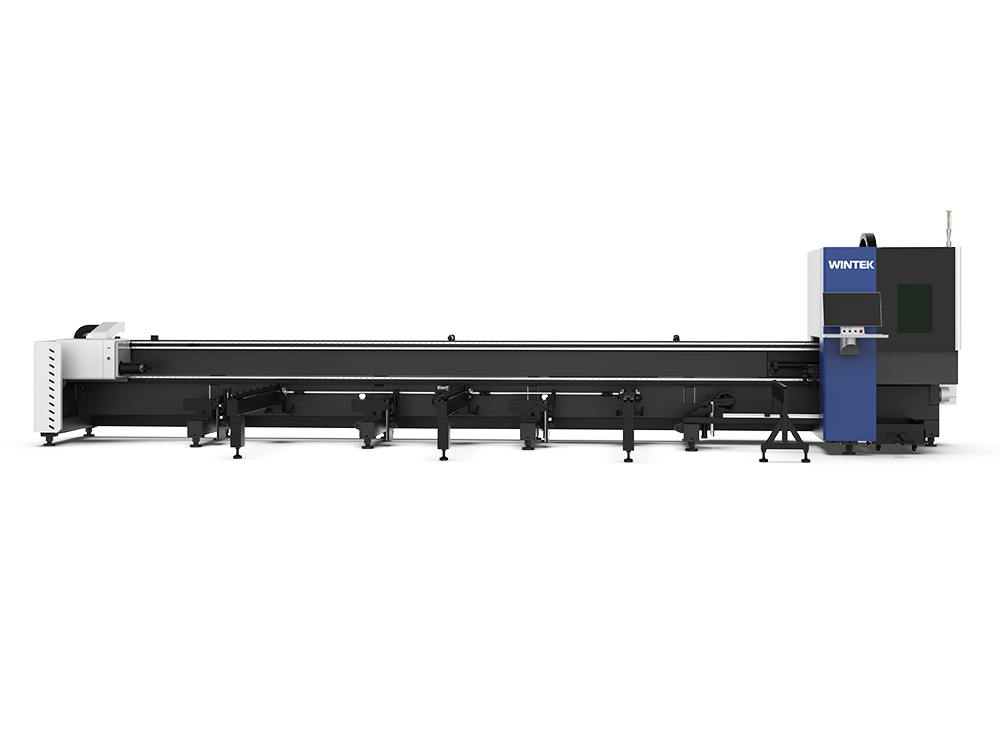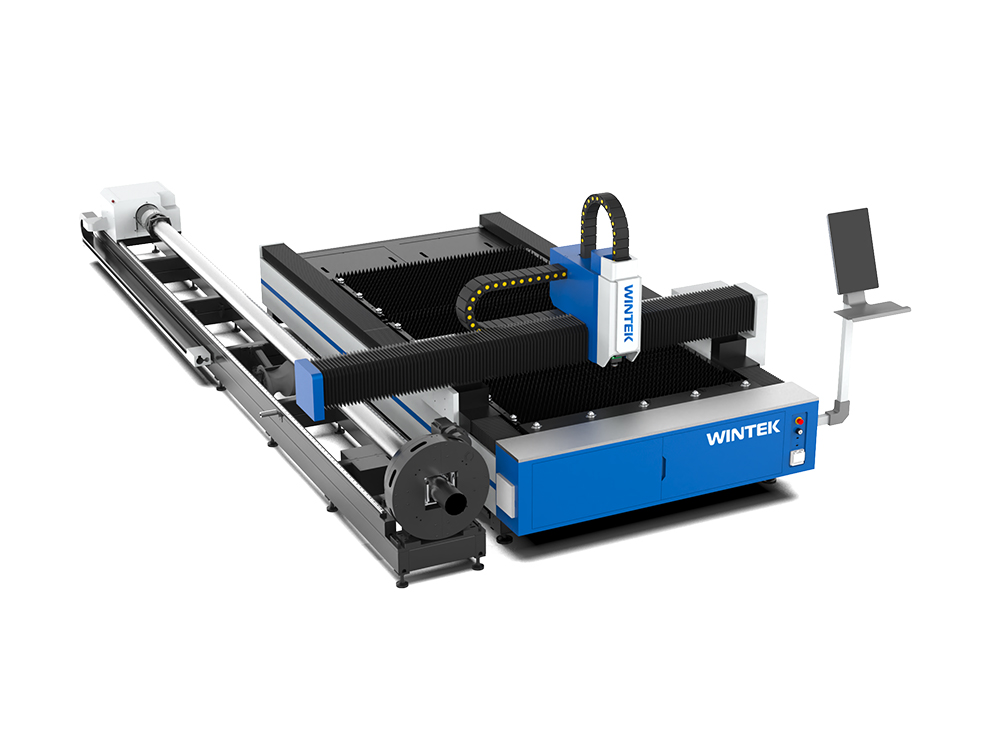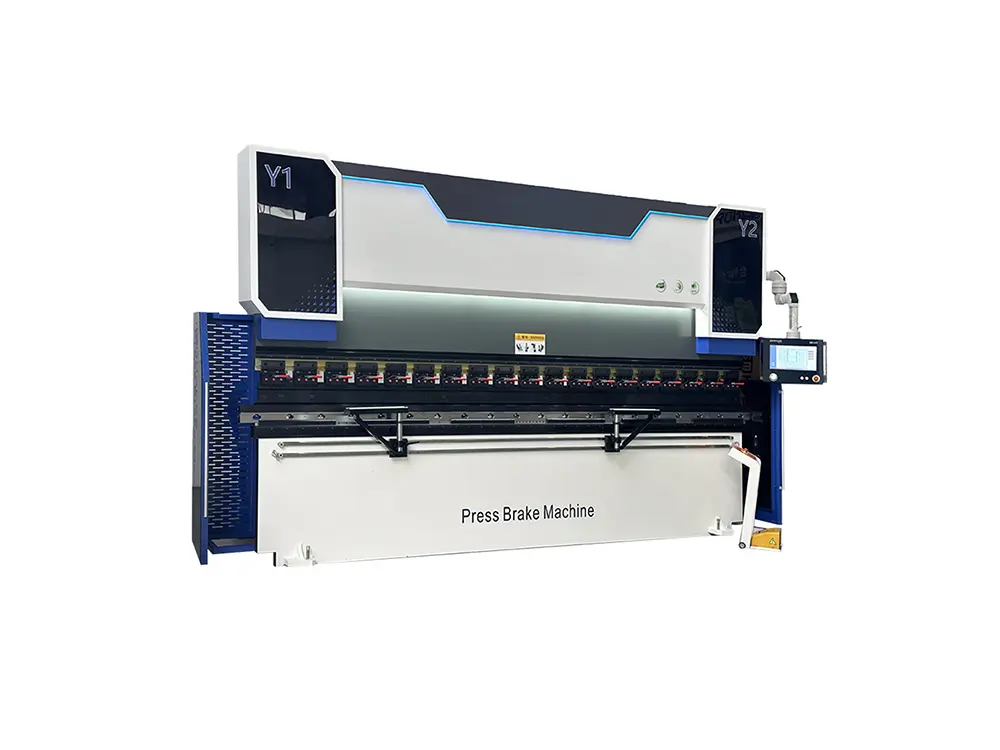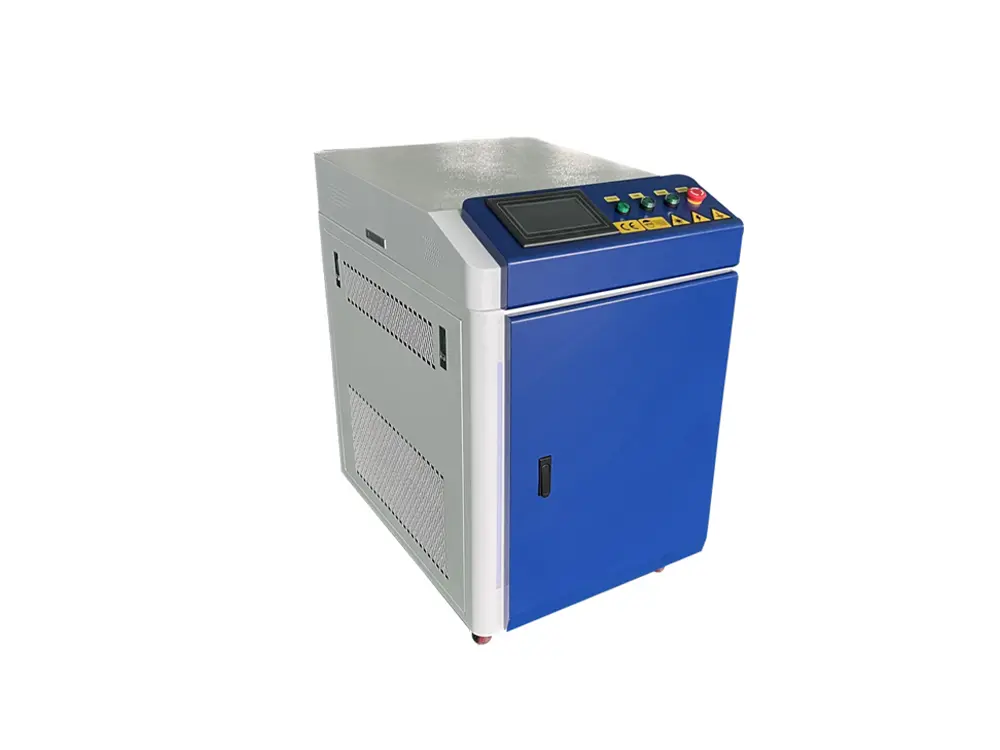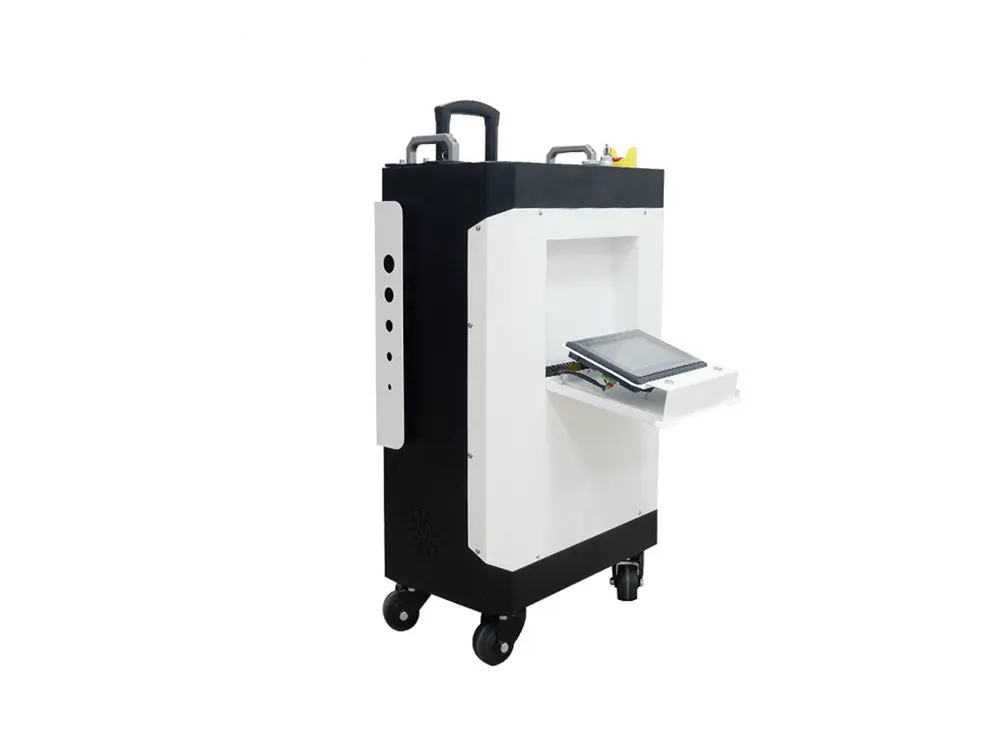In modern manufacturing, welding technology is an indispensable component. With continuous advancements in technology, welding processes have become increasingly diverse. Among these, arc welding and laser welding are the two most common methods, each with distinct characteristics and advantages suitable for different applications. In this article, we will delve into the key differences between arc welding and laser welding, their respective benefits and applications.
I. Characteristics of Arc Welding
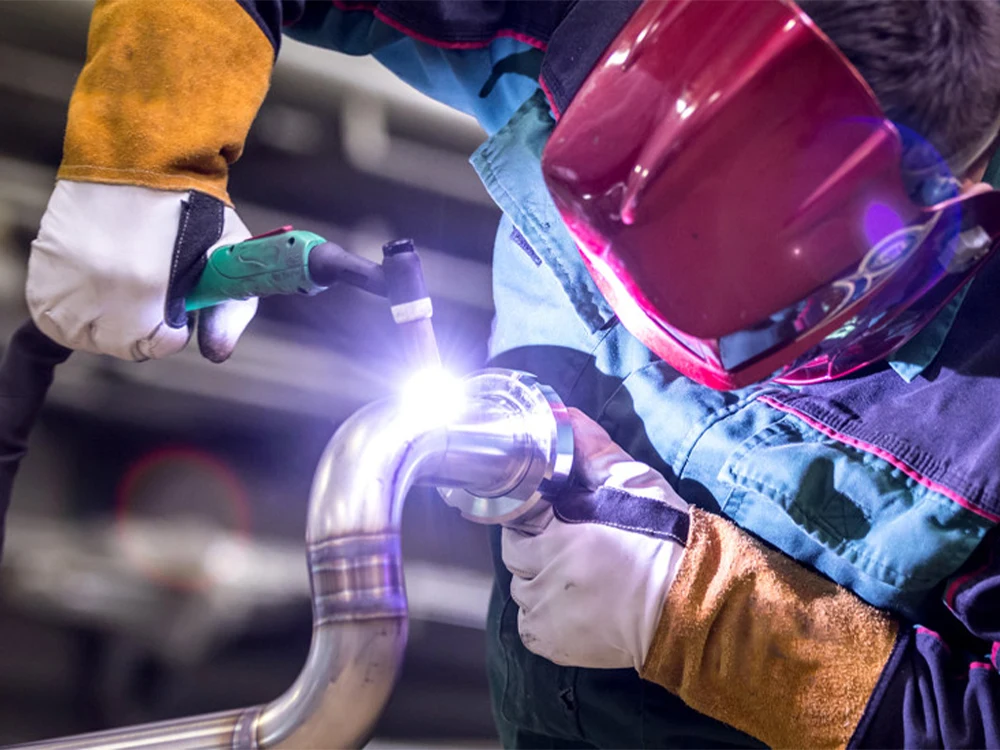
1. Working Principle
Arc welding is a process that uses an electric arc as a heat source. The high-temperature arc formed between the electrode and the workpiece melts the metal, creating a strong weld seam.
2. Diverse Methods
Arc welding encompasses various techniques, such as Shielded Metal Arc Welding (SMAW), Metal Inert Gas Welding (MIG), and Tungsten Inert Gas Welding (TIG). Each method is suited to different materials and applications.
3. Advantages
- Cost-Effective: Arc welding equipment is relatively simple and low maintenance, making it ideal for mass production.
- Material Compatibility: It works with a wide range of metals, including steel, aluminum, and copper.
- Operational Flexibility: Manual arc welding is particularly suitable for complex or confined welding environments.
4. Limitations
- Lower Precision: Welding precision is relatively low, with a tendency for splatter and deformation.
- Large Heat-Affected Zone: The significant heat impact may affect the mechanical properties of the material.
- Skilled Labor Requirement: Experienced operators are necessary, leading to higher labor costs.
II. Characteristics of Laser Welding
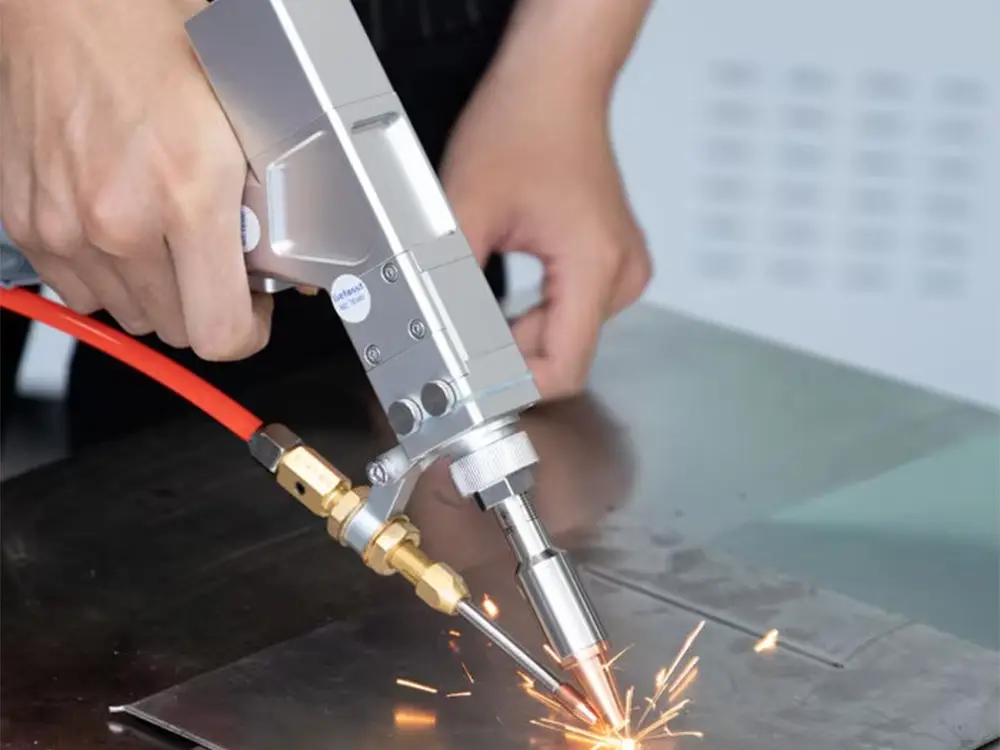
1. Working Principle
Laser welding uses a high-energy-density laser beam as a heat source. The process involves rapid heating and cooling to weld materials. The laser beam can be focused into a very small area, enabling precise welding.
2. Advanced Technology
Laser welding includes continuous laser welding and pulsed laser welding, allowing users to choose the appropriate mode based on specific welding needs.
3. Advantages
- High Precision: The laser beam’s small spot size makes it ideal for welding intricate and complex structures.
- Minimal Heat-Affected Zone: The concentrated heat reduces material deformation and damage.
- Fast Welding Speed: Laser welding is highly efficient, significantly reducing production time.
- High Automation: Laser welding equipment is often integrated with automated systems, minimizing manual intervention.
4. Limitations
- High Initial Investment: The equipment requires significant upfront costs, and maintenance can be complex.
- Material Surface Requirements: Materials must have clean, uncontaminated surfaces for optimal welding results.
- Limited Thickness: Laser welding is less suitable for thicker materials and may require additional treatment for materials exceeding certain thickness thresholds.
III. Key Differences Between Arc Welding and Laser Welding
1. Heat Source
- Arc Welding: Utilizes an electric arc as the heat source, with relatively lower temperatures.
- Laser Welding: Employs a high-energy-density laser beam, capable of achieving extremely high temperatures.
2. Precision and Quality
- Arc Welding: Offers lower welding precision, with wider weld seams and a larger heat-affected zone.
- Laser Welding: Provides high precision and weld quality, with a minimal heat-affected zone.
3. Speed
- Arc Welding: Slower welding speed, especially when multiple passes are required.
- Laser Welding: Faster welding speed, making it suitable for efficient production.
4. Cost
- Arc Welding: Features lower equipment and operational costs but higher labor costs.
- Laser Welding: Requires significant initial investment, but offers lower long-term operational costs.
5. Automation Capability
- Arc Welding: Limited automation, relying heavily on manual operation.
- Laser Welding: Often integrated with automated systems, enabling large-scale production.
IV. Application Comparison
1. Typical Applications of Arc Welding
Construction Structures: Commonly used for welding steel structures and pipelines.
Maintenance and Repairs: Ideal for manual welding tasks in repair work.
Medium to Thick Plate Welding: The preferred choice for welding thicker materials.
2. Typical Applications of Laser Welding
Precision Industries: Used for micro-welding in electronics and medical devices.
Automotive Manufacturing: Ensures efficient welding of car body components.
Aerospace: Suitable for welding lightweight, high-strength materials.
Jewelry and Watches: Enables fine processing without compromising surface aesthetics.
V. How to Choose the Right Welding Technology
When selecting a welding technology, consider the following factors:
1. Material Type and Thickness
Arc welding is ideal for thicker materials and versatile with various metals.
Laser welding excels in thin materials and precision applications.
2. Required Precision
For high-precision tasks, such as micro-welding or intricate designs, laser welding is the better choice.
For less demanding applications, arc welding is sufficient.
3. Production Scale and Speed
Laser welding is suited for high-speed, large-scale production due to its efficiency and automation.
Arc welding is better for small-scale or manual projects.
4. Budget and Costs
Arc welding is cost-effective for initial investment and small-scale operations.
Laser welding involves higher upfront costs but offers lower long-term operational expenses.
5. Automation Requirements
If automation is critical, laser welding’s compatibility with automated systems makes it the preferred option.
Arc welding is more manual and less suited for fully automated processes.
By evaluating these factors based on specific project needs, you can determine the most suitable welding technology.
VI. Conclusion
Arc welding and laser welding each have their strengths, complementing one another in industrial applications. Arc welding, with its cost-effectiveness and operational flexibility, remains a cornerstone of traditional welding techniques. Meanwhile, laser welding stands out in high-end manufacturing thanks to its precision, efficiency, and automation capabilities.
Regardless of the welding method you choose, it is essential to assess specific application needs, material characteristics, and budget constraints to achieve the best results. For more information about welding technologies or customized solutions, feel free to contact Wintek for expert guidance.

